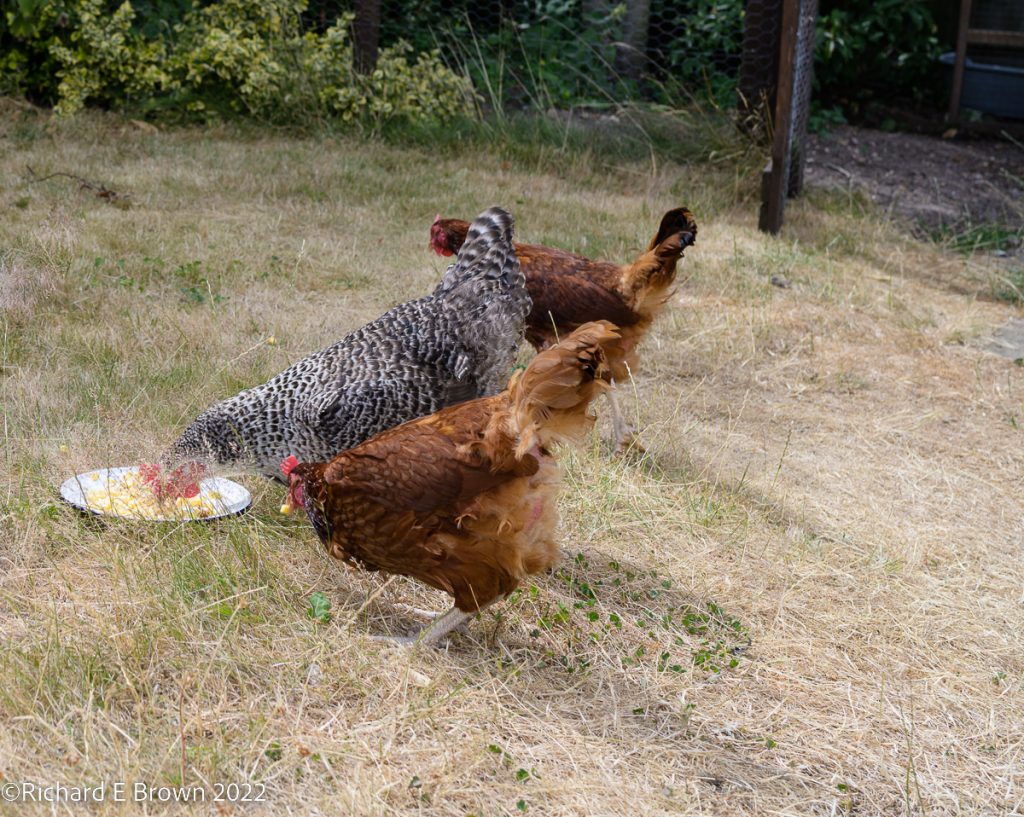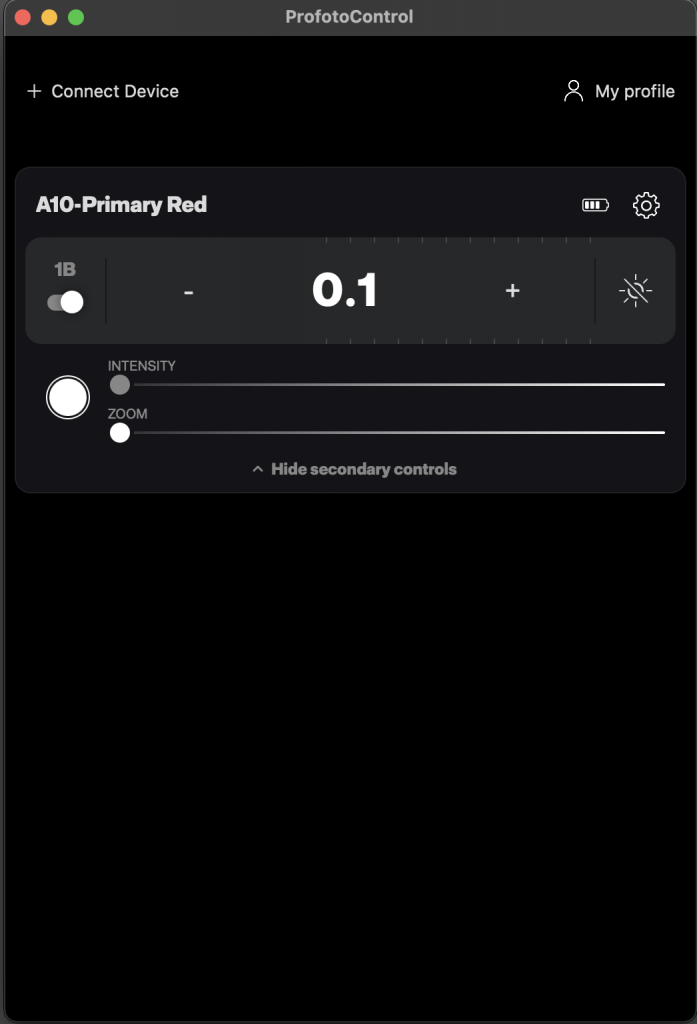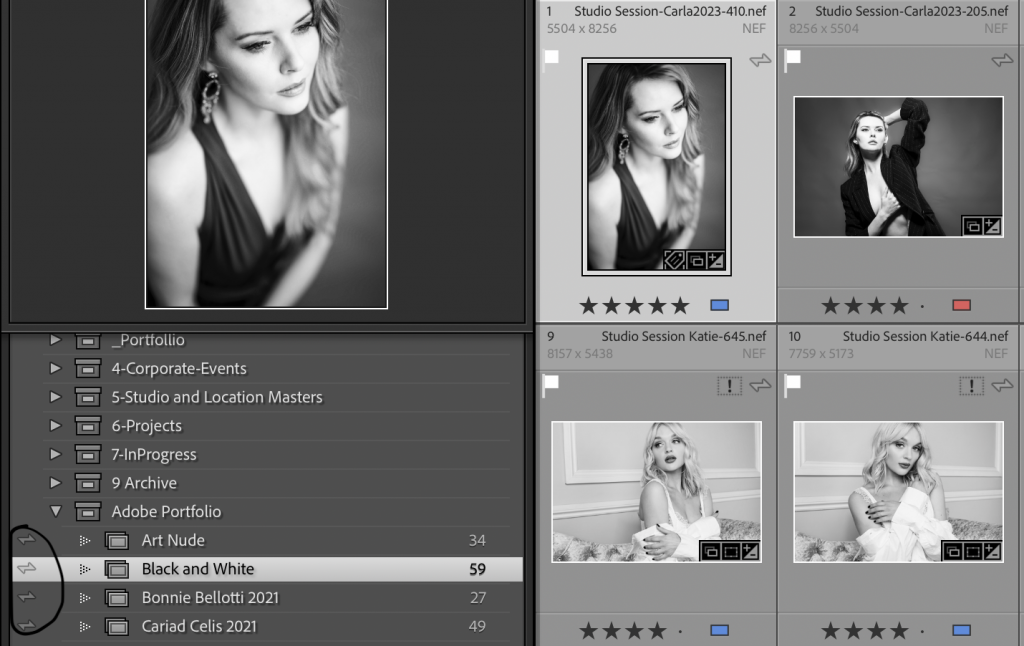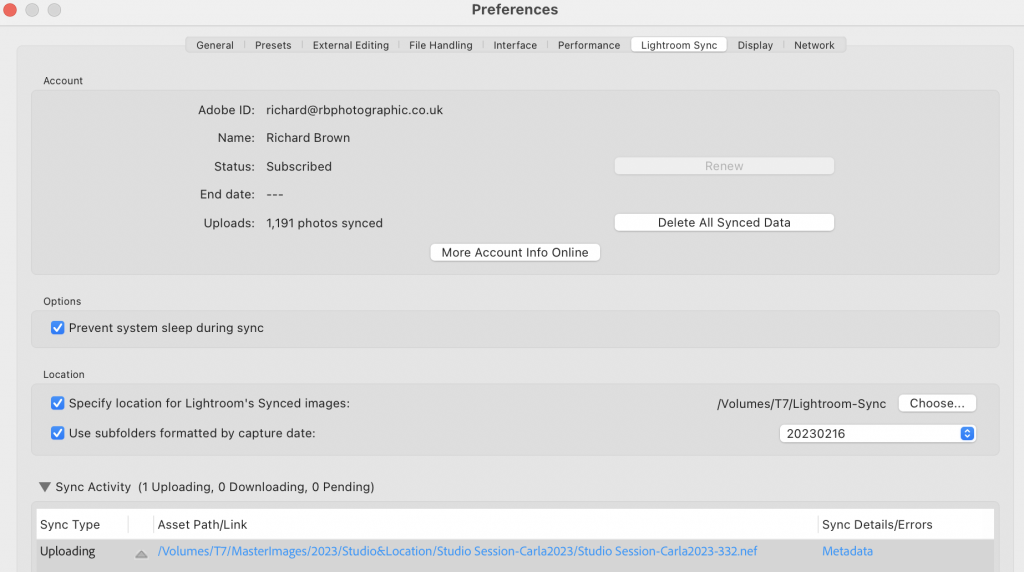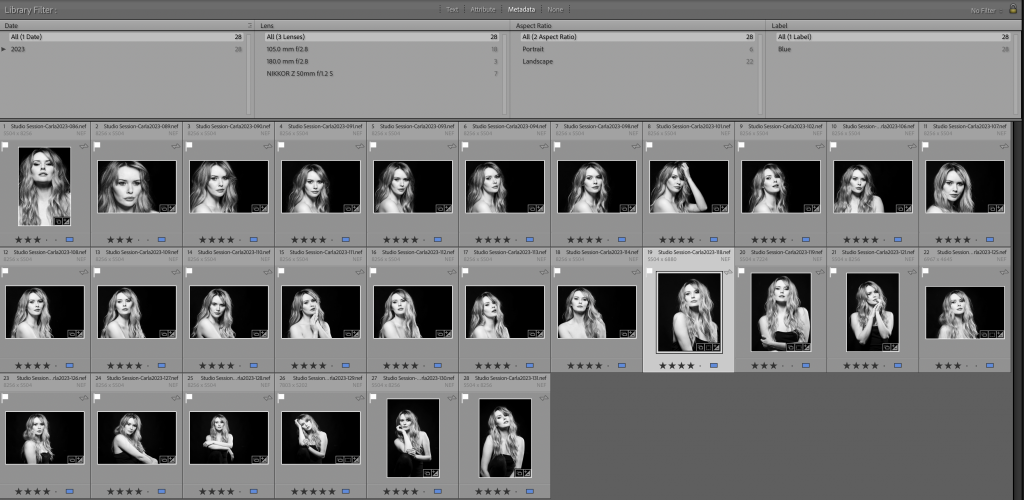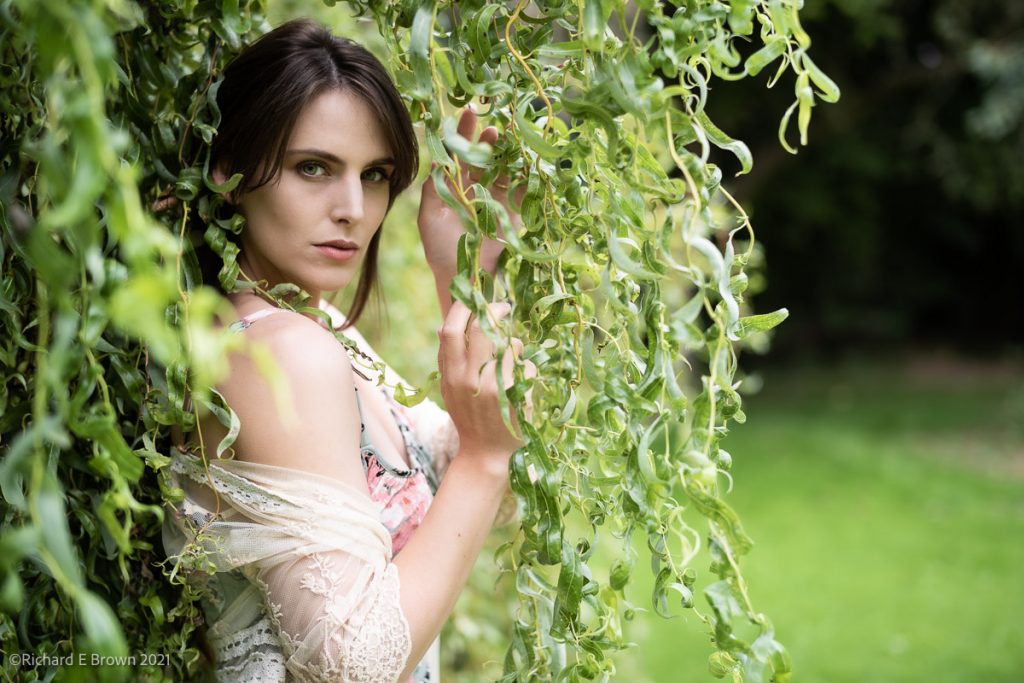
An optical high quality viewfinder is extremely useful in many situations, but the electronic viewfinder also gives photographers aids to getting the shot.
You will never please everyone, so highly customisable cameras are what we need. Someone may want nothing but the scene in their viewfinder; others like in the shot above, where blowing out the highlights was way to easy needs for me a camera with realtime histogram.
Also on the subject of high contrast scenes like above, blinkies, zebra guides etc are available in any mode on Leica and Sony mirrorless cameras. The photo above, I needed to ensure that whilst the window could blow out at all white, none of the highlights on Lilly’s back did so. With highlight warnings this is easy to achieve, but for some unknown reason, neither Canon or Nikon allow them when in photography modes, only video modes. I could take a shot and review it with highlight warnings but not while taking the shot. In a changing light situation this is not good enough. I have to give a shout out to Sony and Leica, as their high end mirrorless models do allow custom highlight warnings, live in the viewfinder in real time.

So what do you want in a viewfinder?

